Overview: Every year, there is over $700B that goes into the U.S. K-12 education system to support 50 million students across roughly 14,000 school districts. In the years leading up to 2020, there had been minimal appetite for technology in classrooms, which changed almost overnight two years ago. The U.S. spends ~$13,000 per pupil each year, yet there remain systemic challenges such as student absenteeism, teacher attrition, and falling test scores that constrain learning outcomes for students. We have seen companies unlock massive efficiencies and growth opportunities in other structurally challenged industries like construction and healthcare, (as well as in U.S. higher ed) and we believe we are in the early innings of further education technology revolution.
Problem: Students were already behind, fell further behind because of COVID-19 school closures, and have not fully recovered. Concerning declines for thirteen-year-olds in both reading and math were present between 2012 and 2020 according to scores released from the National Assessment of Educational Progress (NAEP). A McKinsey analysis showed students were, on average, five months behind in mathematics and four months behind in reading by the end of the 2020-2021 school year (McKinsey). As the 2021-2022 school year ends, we will have fresh insight into students’ academic recovery.
Solution: One part of the solution to student achievement is leveraging technology to augment educators’ current capabilities. Companies like HeyTutor, whose revenue has more than doubled since the pandemic took hold, have built tech-forward solutions that have been extremely effective for students across the country. HeyTutor’s core offering is built around high-dosage tutoring, a model that is personalized, with specific student-to-tutor ratios of less than three-to-one. The National Bureau of Economic Research has identified high-dosage tutoring as an evidence-based approach to improving learning outcomes (NBER) and HeyTutor has built a business to scale the delivery of this solution through technology. We believe that HeyTutor’s core solution, in use at dozens of school districts across the U.S., has an enduring, multi-billion dollar total addressable market that is likely to expand as its utility is ingrained at schools.
Takeaway: The U.S. K-12 education system is adopting technology that provides meaningful leverage to educators. The American Rescue Plan’s $109B injection into schools has unlocked school budgets, with district leaders emboldened to allocate funding to new technology. This increase in funding, equivalent to an additional ~$2,000 spend / student, coupled with the last two years’ stepwise increase in technology in the classroom, leads us to believe that technology use will increase in schools for years to come. We look forward to seeing schools continue to employ technology to push educators up the value chain - saving them massive amounts of time and resources. Moreso, we look forward to students accelerating to new achievements in the classroom.
New frontiers: Some new technical frontiers might include incorporating natural language processing software to assist teachers in reading comprehension lessons, workflow products that help general education, special education and school counselors share a common view of students’ social and emotional well-being, and software to streamline communication between teachers and parents outside of annual conferences.
If you’re building an ed-tech business, we’d love to chat with you. Reach out to us at investments@scopvc.com.

